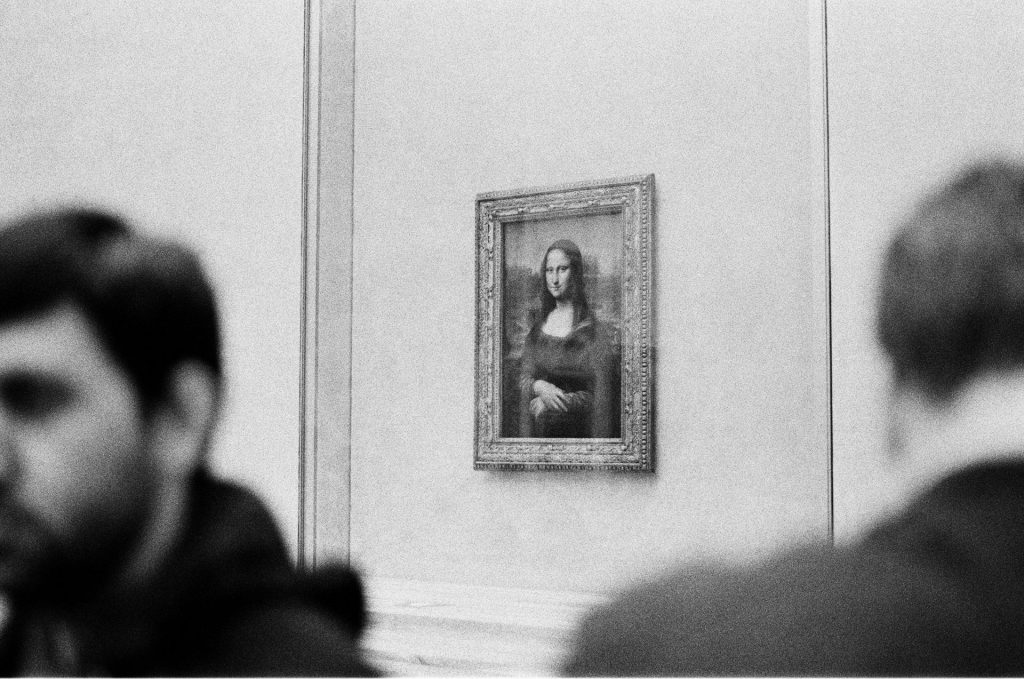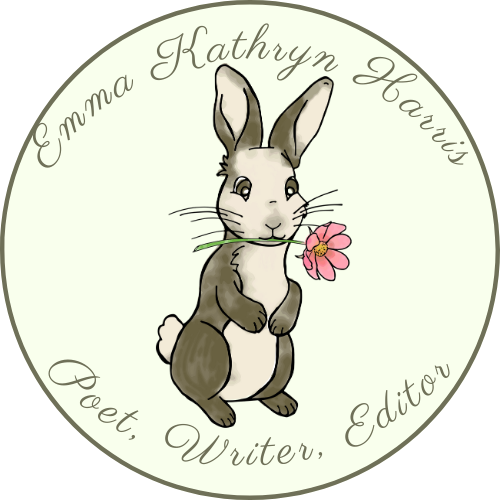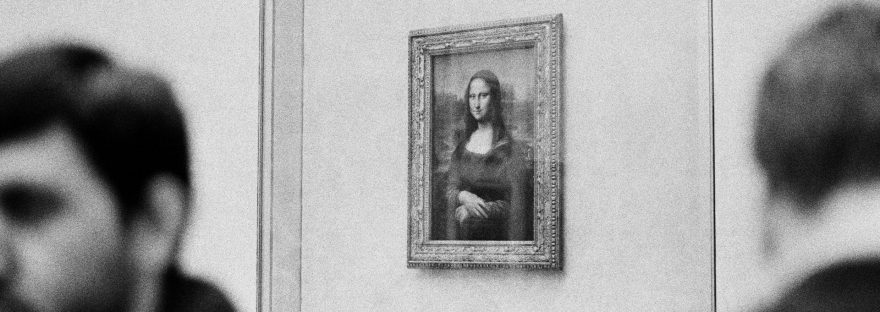But what professional criminal would want to own the Mona Lisa? That is madness; he can’t sell it.”
The Final Problem, The Adventures of Sherlock Holmes (tv adaptation)
I recently watched an episode of “The Adventures of Sherlock Holmes” starring the late great Jeremy Brett. Episode six in season two is “The Final Problem” where Holmes meets his demise in his battle with Moriarty. (Spoiler alert: don’t worry — he comes back). But in this episode, Holmes is asked to investigate the missing Mona Lisa painting from the Louvre. (side note: The Mona Lisa plot is not in the original Sir Arthur Conan Doyle story, another example of what can be done with our stories, especially after we’re dead) There are many copies, legitimate forgeries, and it was explained that to be a legitimate copy, it cannot match the painting in size or scope. Of course, if the real Mona Lisa goes missing, which was rather the case here, fraudulent copies can be sold at high prices because who would be the wiser?
The show’s story line got me thinking about our writing, especially in view of recent forgeries thanks to AI-generated books, using legitimate author names for fraudulent means. By the time it’s discovered, the fraudsters are laughing their way to the bank.
We know original paintings and other art are copyrighted. Original songs are copyrighted. And yes, published books are copyrighted. But how is it that fraudulent writers seemingly get away with, and face fewer fines and consequences, than those who copy paintings and pass them off as originals? Case in point here. (And more insight into how self-published authors are affected here.) Not to mention the pirated books to train AI?
I know our mothers and others, when responding to our childhood sighs of: “It’s not fair!” used the oft repeated phrase: “Get used to it—life isn’t fair.” And it sure isn’t when scammers are getting rich off our honesty.
As creators, our thoughts are in color, shapes, and turning imaginings into prose. We write, we draw, we take photos, and we are elated by our creations that all we want to do is share them with others. We want them to feel the same joy we do. To smile when they see the results.
Yet, as creators and artists, if we want to sell our work, we are in business. And running a business involves a lot of headaches. Until we swell our bank account, we cannot afford a staff and a legal department to manage it.
If we focus on all the negatives, we could become so discouraged that we might stop creating because, what’s the point if our work will potentially become tainted?
Instead, let’s look at what we enjoy about writing, painting, photography, music composition, and lean into that. Our authentic intention is inward first. That’s where the joy is. After that, the external antagonists will be hard pressed to steal our pleasure.




